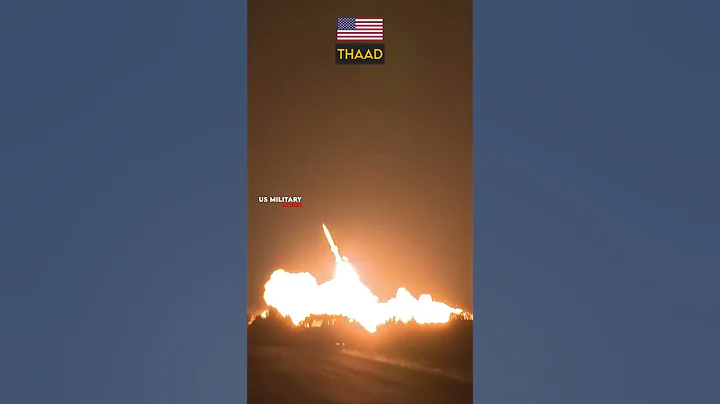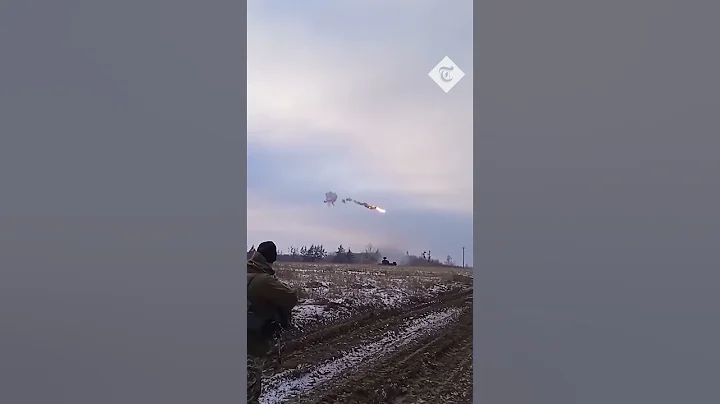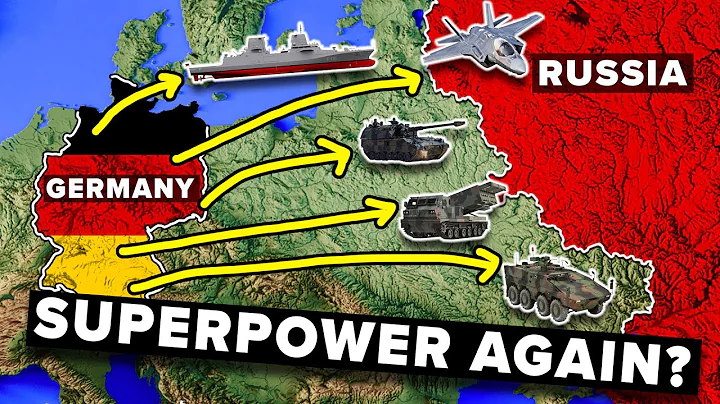
Polish army anti-aircraft artillery
When the German-Polish War broke out, Poland's air defense system was basically not ready for war. As a result, after the war broke out, the German Air Force quickly gained air supremacy, and German combat aircraft had a very significant impact on the course of military operations.
During the invasion of Poland campaign , the German army dispatched a total of 2,093 aircraft, including 514 Bf.109 single-engine fighters, 95 Bf.110 twin-engine fighters and 406 Ju-87 dive bombers.
The air power of both sides is not equal. As of September 1, 1939, the Polish Air Force had approximately 470 combat aircraft, although a large number were destroyed at the airfield in the first few days, and the remaining ones were obviously unable to effectively protect their troops from air attacks.
The quality and quantity of the Polish army's anti-aircraft guns also left a lot to be desired, and the preparation of the personnel was not always in place. Before the war began, a plan was launched to equip the air defense forces with modern 40-75 mm anti-aircraft guns. The outbreak of war interrupted the plan and only a small part was provided to the troops.
In the infantry units of the Polish army, rifles and light machine guns of various calibers are mainly used to shoot at low-flying German aircraft. There are almost no large-caliber 13.2 mm machine guns and 20 mm anti-aircraft guns in the army.
In the Polish campaign, the Luftwaffe suffered irreparable losses of 286 aircraft (79 of which were fighters ), and approximately 280 other aircraft were seriously damaged.

Picture - German plane was shot down
Before the war began in Poland, the combat forces had a total of 160 fighter jets, including 30 R.7a type, 17 R.11a type, and 113 R.11c type. There are 43 R.11 aircraft and 76 R.7a aircraft in training, reserve and maintenance units. Before the surrender of Poland, aviation managed to supply 4 R.11s fighters.
When the war broke out, all available Polish fighters without exception were obsolete and could not fight on an equal footing with Messerschmitt .
The design of the Р.7а fighter aircraft in the early 1930s was quite perfect. It began mass production in 1931, and by the end of 1933 a total of 151 aircraft had been produced.

Р.7аFighter Group
This is an all-metal gull-wing monoplane with an open cockpit and fixed landing gear. The aircraft has a maximum take-off weight of 1,409 kg and is equipped with a Bristol Jupiter VII F radial engine with a power of 520 horsepower. At an altitude of 4,000 meters, the maximum horizontal flight speed is 317 kilometers per hour; at an altitude of 2,000 meters, the speed is 308 kilometers per hour, and the range is 560 kilometers. Equipped with 2 Vickers E 7.62mm machine guns.
As of 1939, the best and most combat-ready fighter of the Polish Air Force was considered the PZL P.11. This fighter was an improved version of the P.11a, which in turn was an evolutionary development of the P.7a fighter.
The all-metal P.11c fighter has a maximum takeoff weight of 1,630 kg and is powered by a 595-horsepower Mercury V.S2 engine. The altitude is 5,000 meters, the maximum speed is 390 kilometers per hour, and the range is 700 kilometers.

P.11c fighter
In addition to a more powerful engine, this aircraft differed from earlier models in the fuselage design, vertical tail , the armament was strengthened to 4 machine guns and the presence of a radio station.
The Polish Air Force has ordered a total of 50 P.11a fighters and 175 improved P.11s, with a maximum production rate of 25 aircraft per month.
The upgraded P.11g should be equipped with cannon , an enclosed cockpit and an 840-horsepower Mercury VIII engine. However, due to the outbreak of war, the aircraft was not produced.
The Polish Air Force Command had high hopes for the new PZL.50 fighter, and its prototype took off in February 1939. It is a low-wing monoplane with an enclosed cockpit. During the test, the aircraft, which has a take-off weight of 2.4 tons and is equipped with an air-cooled Mercury VIII engine of 1,145 horsepower, reached a maximum speed of 430 kilometers per hour. The weapons and equipment are 2 20 mm cannons and 4 PWU wz.36 7.92 mm machine guns. Also because of the outbreak of war, the aircraft was not mass-produced.
The only hope of replacing the outdated P.11 fighters is to obtain modern foreign-made fighters. In 1939 Poland ordered 120 Morane-Saulnier MS406s from France, 14 Hawker Hurricanes from Britain, and 1 Supermarine Spitfire I for testing.However, none of these aircraft were received until the outbreak of war in September 1939.
The outdated Polish fighter with a maximum speed of no more than 400 kilometers per hour could not compete with the German Bf.109E. This thus explains the fighter loss ratio of 2:3 for both sides. However, in terms of maneuverability, the P.7 and P.11 were clearly superior to all modified Bf.109s, and in the case of turn-based combat, the chance of success was high.
In addition, Polish P.11 fighter jets successfully intercepted German bombers Ju-86, Ju-87, Do-17 and He-111 on several occasions. They posed a serious threat to the Hs-126 reconnaissance aircraft as well as the He-51 biplane fighter used by the Germans as attack aircraft. Polish fighter pilots claimed to have destroyed 147 enemy aircraft in air combat.
The Polish army's dedicated anti-aircraft machine gun is available in limited quantities. The main infantry weapon designed for use against enemy aircraft is the Ckm WZ. 30 7.92mm machine gun (imitation of the Browning M1917 machine gun) mounted on an ordinary tripod and chambered for 7.92x57mm bullets.

wz. The Type 30 7.92mm machine gun
machine gun has a total combat weight of 65 kilograms, a rate of fire of 600 rounds per minute, a bullet weight of 12.8 grams, a bullet muzzle velocity of 760 meters per second, and an effective range of 500 meters against air targets.

Sokоl 1000 motorcycle mounted Ckm wz.30 machine gun
The Ckm wz.30 is equipped with an additional shoulder stock and a sight when used as an anti-aircraft machine gun. The machine gun is mounted on various vehicles.
is based on the Ckm wz.30 infantry machine gun. Poland developed the wz.36 aviation machine gun in 1933. It differs from the prototype in its controls, air-cooled barrel and 1100 rounds/minute rate of fire.

wz.36 machine gun
A small number of this type of machine gun includes a double-barreled version, which is used as an anti-aircraft machine gun to cover airports.
The Polish army has very few large-caliber anti-aircraft machine guns. Starting in 1932, Poland purchased 29 French Hotchkiss M1930 13.2 mm machine guns, Polish number 13.2 mm wz.30.

wz.30 machine gun
The body of the machine gun weighs about 40 kg, the weight of the weapon on a universal tripod machine without cartridge is 98 kg. The bullet weighs 51.2 grams and the initial velocity of the bullet is 800 meters/second. It can penetrate 19mm armor at a distance of 300 meters. The machine gun has a rate of fire of 450 rounds per minute and an effective range of 1,200 meters against air targets.
Initially, the twin-turret Vickers E tank was equipped with these machine guns. In 1936, another batch of single-barreled and double-barreled anti-aircraft types were purchased for use on ships and coastal defenses.

Ship-borne anti-aircraft machine gun
The double-barreled anti-aircraft machine gun weighs 370 kilograms. To power the machine gun intended for installation on the armored vehicle , a 15-round rigid cartridge belt is used, inserted horizontally into the bomb bay. Ammunition can include conventional, incendiary, tracer , armor-piercing incendiary and armor-piercing rounds. In the multi-barreled anti-aircraft system, detachable 15- and 30-round magazines are used, which are accessible from above.
To be continued





















